Forthcoming steam weekends (2026): 18-19 April 2026; 13-14 June 2026; 13 September 2026; 19 September 2026; 10-11 October 2026
Opening hours at other times: from 04 April 2026 to 24 October 2026 every saturday from 10 am to 5 pm.
Further information is available here.
Opening hours at other times: from 04 April 2026 to 24 October 2026 every saturday from 10 am to 5 pm.
Further information is available here.
18-19 April 2026: Saisoneröffnung
News
15.08.2020: New telephone hut
In the past few days, some members have taken advantage of the good weather to salvage a lineside telephone hut, which used to stand in Brunau-Packebusch on the Salzwedel - Stendal line. First the pictures of the sweaty action. The hut was first dismantled so that it could be safely carried and loaded onto the car trailer provided. After about an hour's drive, colleagues reached the locomotive shed in Wittenberge and put the hut in the workshop, where it was cleaned a little. Let's see, maybe the interior can be reconstructed.



Now, some will ask themselves what actually happened in such a hut, officially called "a telephone hut made of corrugated iron with inner wood panelling". This is a little-known chapter in railway history, but a rather interesting one:
For more than 100 years the German railways operated their own telephone network. Until 2010, the railways used their own telephone lines throughout the country, usually following existing railway lines and either underground or in the form of overhead lines laid over the typical telegraph poles.
At regular intervals, there were telephones in such huts from which one could make contact with the nearest operating station (and in some cases can still do so today). The corresponding telephones were housed along with other things in such huts, which were standardised in design and furnishings in the 1930s. The following drawing is taken from the corresponding guideline of 1.9.1933 and shows the interior.

The telephone set on the back wall of the hut dominates. This was usually a device equipped with a hand crank. By turning the crank, a magneto generated a small electric current in the telephone line. This current excited the telephone to ring in the station being called. The following picture shows such a telephone. It was published on the internet site https://www.motor-talk.de/bilder/toms-diskusions-ecke-g79846963/kapsch-kurbeltelefon-streckenfernsprecher-telephon-telefon-bahn-db-post-i209331312.html.
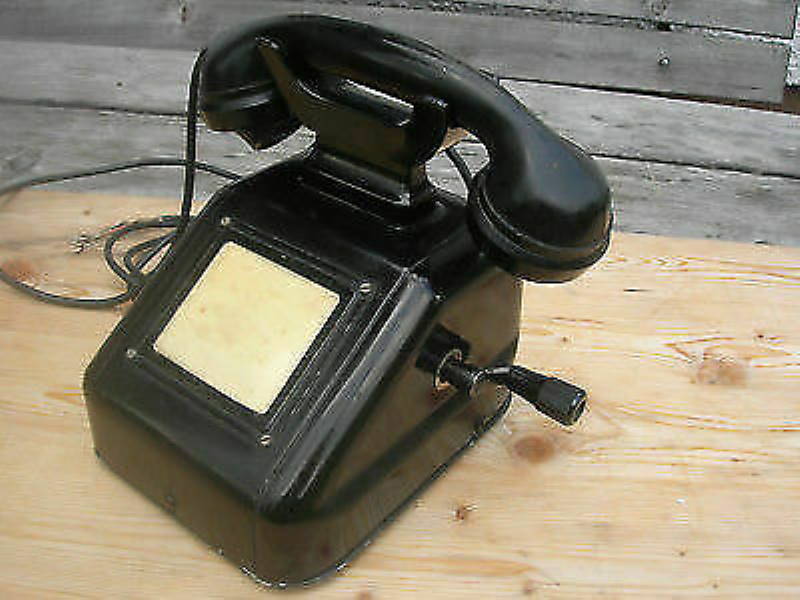
You could use Morse code to address the required station. For this purpose, three ring tones were defined, the length of which was determined by turning the crank on the phone: One turn produced a short ring tone at all connected paging stations, three turns produced a medium-length ring tone and ten turns of the crank produced a long ring tone. Each station in the immediate vicinity had its own Morse code, which was a combination of short, medium and long ring tones

Even today the system is still in operation on some routes. It has the advantage that you can fix up a phone at any place on the line. This is important, for example, when a work site is set up and you want to contact the adjoining signalling centres. For this reason, the current DB AG guideline 481.0101 "Instructions for wired telephone connections" still contains corresponding regulations on this.
Last weekend, we also carried out a major work assignment on our operational steam locomotives "Emma" and 50 3570 with a strong and well-rehearsed team in midsummer temperatures. After our last event in July, some minor repairs and maintenance work had become necessary and were carried out.


vehicles: 50 3570-4, Emma
Stichwörter: Infrastruktur
related articles (News):
related articles (Press):
Dampflokfreunde Salzwedel e.V. Am Bahnhof 6, 19322 Wittenberge
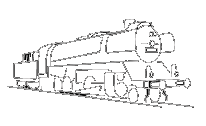
 Christmas greetings from Wittenberge
Christmas greetings from Wittenberge News of our museum
News of our museum We are working on the boiler of our steam locomotive 50 3570
We are working on the boiler of our steam locomotive 50 3570 Work on the boiler of our steam locomotive
Work on the boiler of our steam locomotive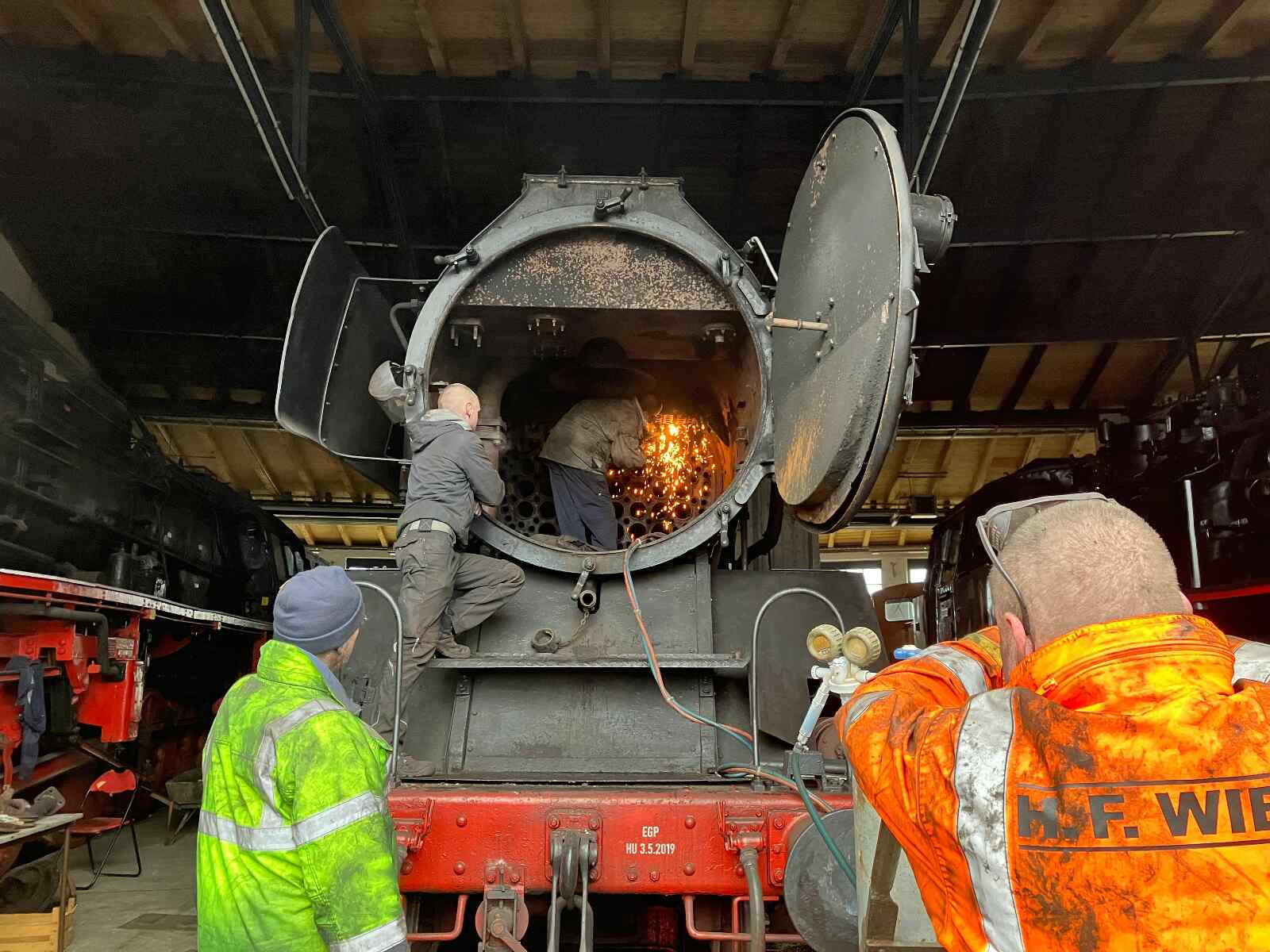 Work and pleasure at the start of the year
Work and pleasure at the start of the year Christmas wishes
Christmas wishes News from the locomotive shed
News from the locomotive shed The winter work begins
The winter work begins New parts for the bodywork
New parts for the bodywork Construction progress and a test
Construction progress and a test Neue Partner für den Historischen Lokschuppen
Neue Partner für den Historischen Lokschuppen Historischer Lokschuppen ruht
Historischer Lokschuppen ruht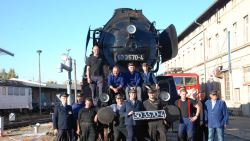 Lok 50 3570-4 im Rampenlicht
Lok 50 3570-4 im Rampenlicht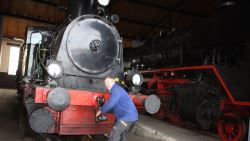 Anstehen für eine Fahrt mit Emma
Anstehen für eine Fahrt mit Emma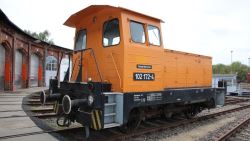 "Emma" geht, "Gartenlaube" ist da
"Emma" geht, "Gartenlaube" ist da Museumslok "Emma" ist wieder da
Museumslok "Emma" ist wieder da Operation am Herzen einer Lok
Operation am Herzen einer Lok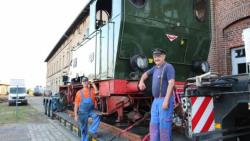 "Emma" geht auf Reisen
"Emma" geht auf Reisen Die erste Dampflok ist da
Die erste Dampflok ist da Restaurierte "Emma" schnauft nach 42 Jahren wieder
Restaurierte "Emma" schnauft nach 42 Jahren wieder Wasser für Lokomotiven fließt noch immer
Wasser für Lokomotiven fließt noch immer